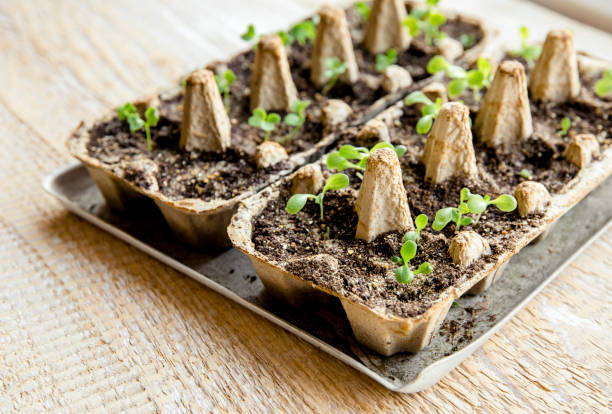
When to start
This is very dependent on the plant, but if it is an early season plant being put outdoors, you should start them approximately six weeks before the estimated last frost date.
Subscribe
Soil
Soil mix for seedlings should be 1 part substrate (coco coir or peat moss), 1 part drainage (perlite, vermiculite, and/or sand). Compost can be added, but it must be completely finished and very fine to prevent any health issues for the small plants.
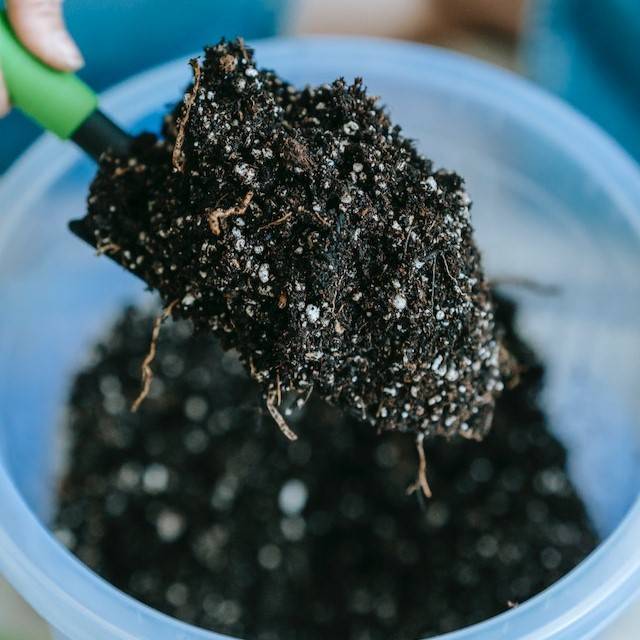
Light
Fluorescent lights are great seed starters, as they are easy to get, bright, and don’t give off much heat. You can use a red/blue plant light, but it isn’t necessary when they are so small. Most plants just need some bright light to germinate.
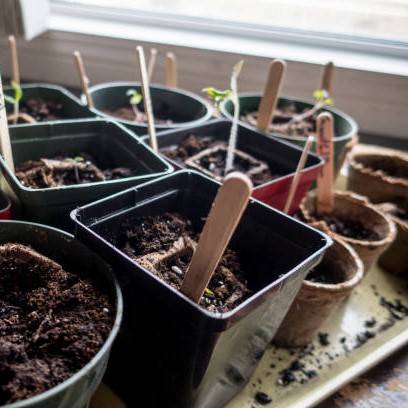
Heat
Seedlings like warm, indoor temperatures from 65 to 75 degrees Fahrenheit. If you have trouble getting seeds to germinate, or if your space is on the cold side, you can use seedling heat mats under your trays to keep the soil warm.
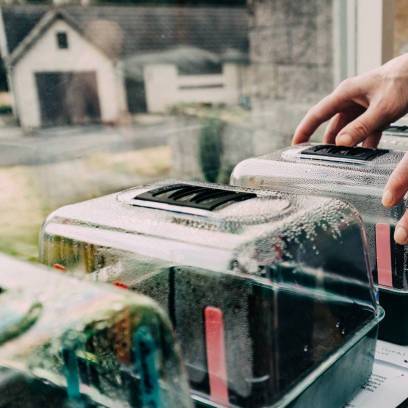
Container
Depending on the plant, you can start seedlings in cells or flats. Cells are made of flexible material, so removing and separating the seedlings is easy. Flats are useful for starting a large number of seedlings in the same amount of space, or if you are planning to plant in clumps (like green onions)
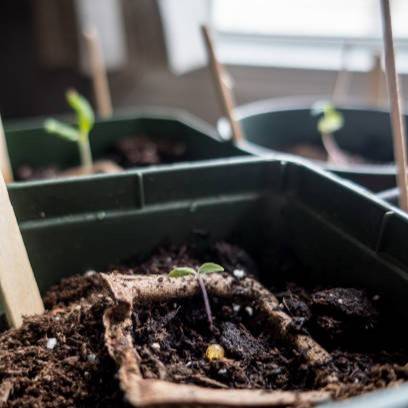
Stratification
Some plants require special conditions to germinate. These include, but are not limited to:
- Freezing/cold periods
- Soaking
- Scoring/breaking of the seed coat
Be sure to look for any instructions on stratification for your seeds before you attempt to start them, or they will not germinate.
When to Transplant
Most plants can be transplanted once they have developed their first set of true leaves. The first leaves a plant has after germination are called seed leaves, and will look very different from the leaves the plant will have as it matures! Make sure the seedlings also have a large, healthy root system before attempting to transplant. Seedlings with only a few roots do not often survive transplants.
Our Products
